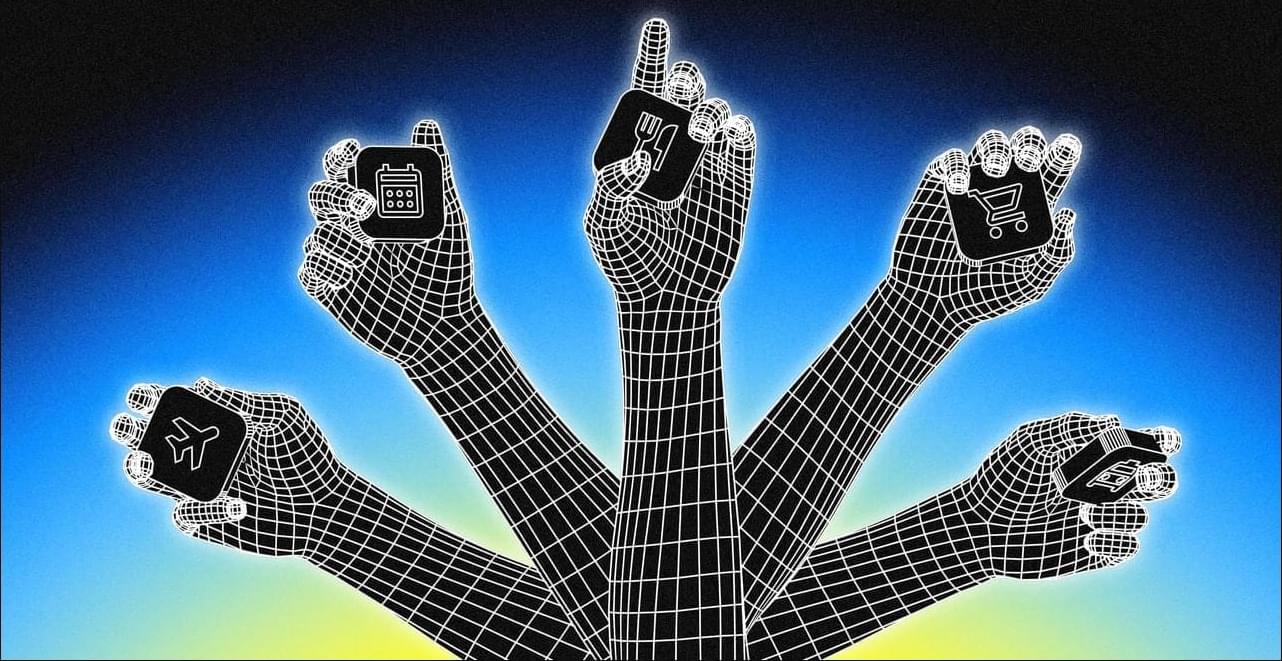Jim Al-Khalili explores emerging technologies powering the future of quantum, and looks at how we got here.
This Discourse was recorded at the Ri on 7 November 2025, in partnership with the Institute of Physics.
Watch the Q&A session for this talk here (exclusively for our Science Supporter members):
Join this channel as a member to get access to perks:
/ @theroyalinstitution.
Physicist and renowned broadcaster Jim Al-Khalili takes a look back at a century of quantum mechanics, the strangest yet most successful theory in all of science, and how it has shaped our world. He also looks forward to the exciting new world of Quantum 2.0 and how a deeper understanding of such counterintuitive concepts as quantum superposition and quantum entanglement is leading to the development of entirely new technologies, from quantum computers and quantum sensors to quantum cryptography and the quantum internet.
The United Nations has proclaimed 2025 as the International Year of Quantum Science and Technology, to celebrate the centenary of quantum mechanics and the revolutionary work of the likes of Werner Heisenberg and Erwin Schrödinger. Together with the Institute of Physics, join us to celebrate the culmination of the International Year of Quantum at the penultimate Discourse of our Discover200 year.
-







